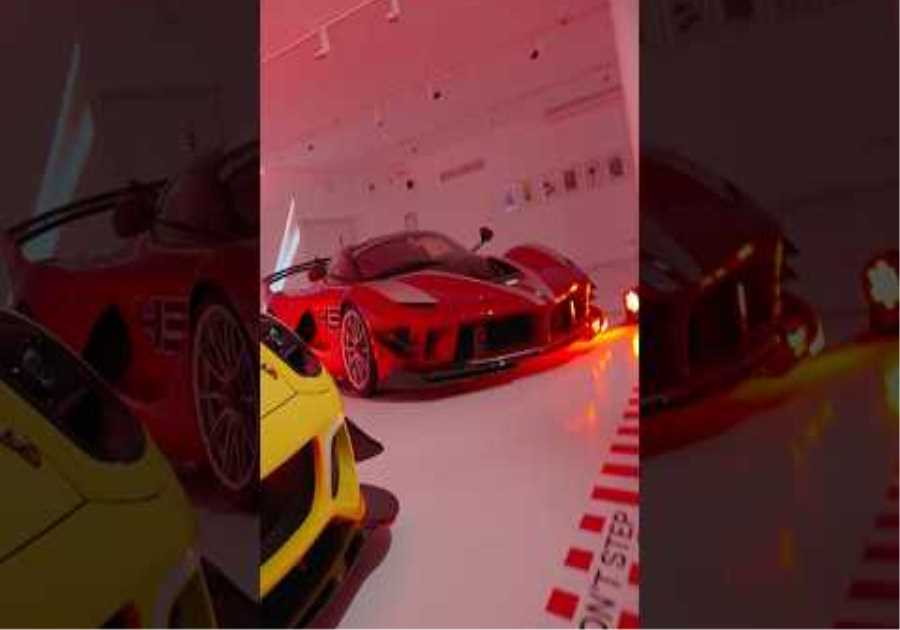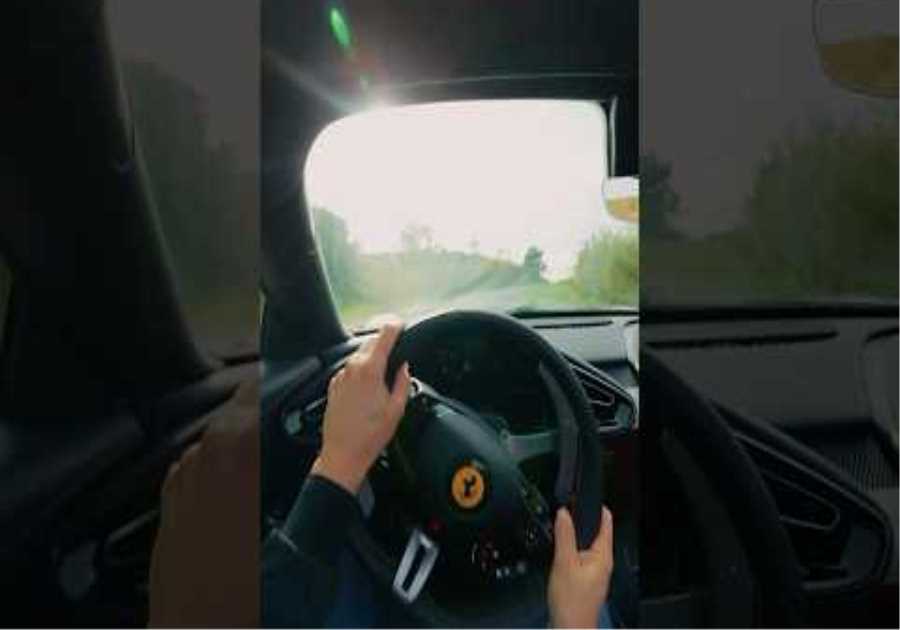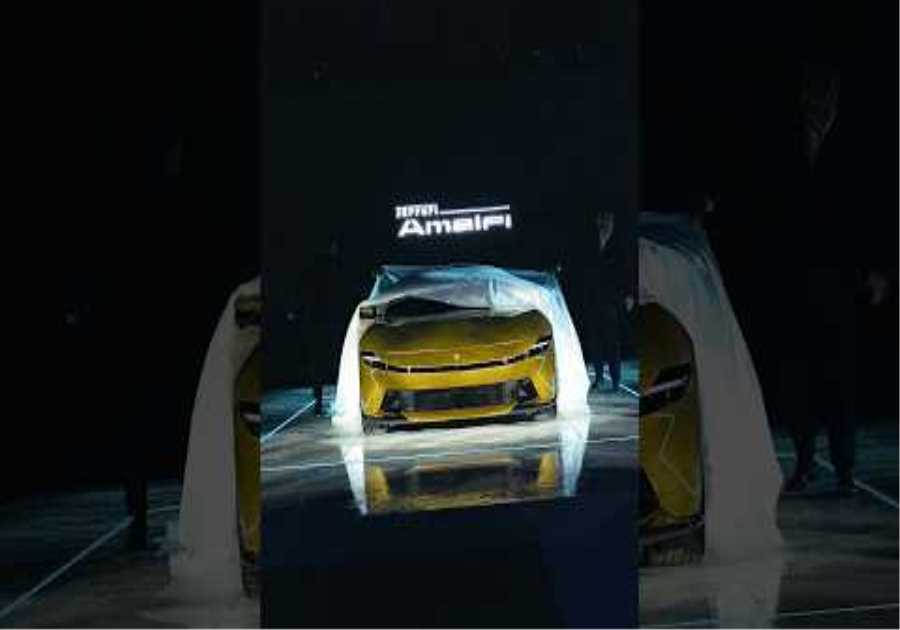
Hypercars represent the absolute pinnacle of automotive engineering. It is meant to showcase the best of the best in terms of performance and styling and outdo every other car on the road. As a result of these hefty prerequisites, not all automakers have attempted to build their own hypercar.
The hypercar was technically invented by the Italians when the Lamborghini Countach LP5000 Quattrovalvole was launched. It looked futuristically spectacular and had a huge V12 sitting behind the driver. Since then, the boundaries of what a car could actually do, have been extended almost every year to where a hot hatchback can now comfortably do what the Countach could. The other hypercar that redefined the segment was the McLaren F1 with its lightweight BMW V12. It remained the quickest and fastest production car until 2005 – when the Bugatti Veyron was launched.
There have been quite a few hypercars that have grabbed international headlines over the years, pushing the envelope of what is possible. Here are ten of those fantastic machines.
10/10 Bugatti Veyron
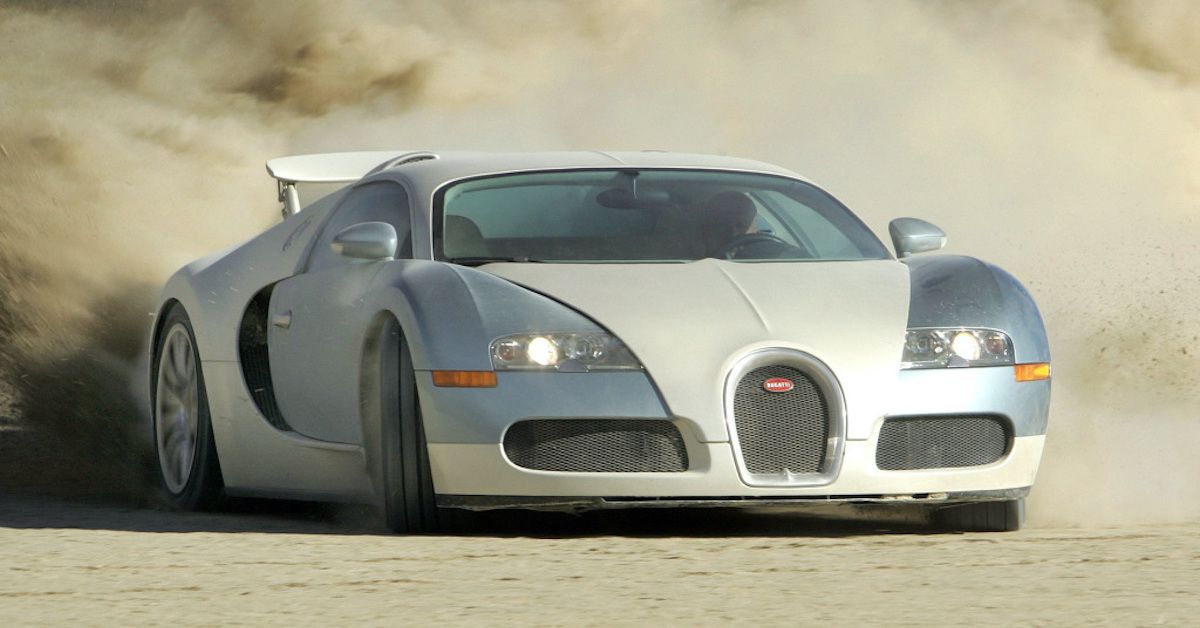
The Bugatti Veyron is the modern father of the hypercar. It is the vehicle that completely threw what we knew about production car top speeds out the window, and started a whole new breed of hypercar.
The Veyron isn’t necessarily the prettiest of cars, but it is significant in the automotive industry. The revolutionary 8.0-liter quad-turbo W16 produced 987 hp and a mountain of torque. It has special-grade tires that can cope with the speed – costing a whopping $25,000 for a set.
9/10 Maserati MC12
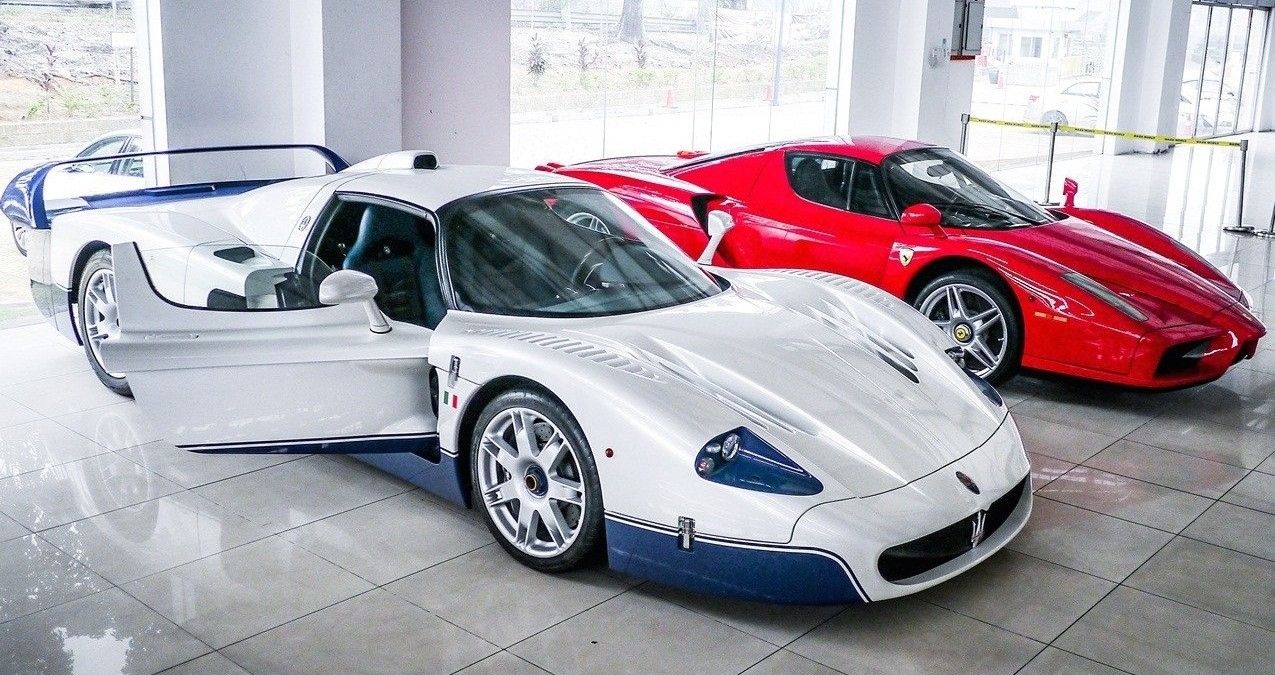
The Maserati MC12 was a hypercar designed by Neptune’s Trident using the chassis and drivetrain from the Ferrari Enzo. The MC12 was primarily created so that Maserati could take part in the FIA GT Championship.
The MC12 Stradale used a longer body than the Enzo, featuring a lower top speed and a slightly slower 0-60 mph time. The 6.0-liter naturally aspirated V12 produced 620 hp sent through the same 6-speed automated-manual transmission as the Enzo.
8/10 Lamborghini Aventador SVJ
.jpg)
The Lamborghini Aventador has now reached the end of production and the Raging Bull celebrated this event with a limited edition Ultimae Edition. The Ultimae is based on the range-topping SVJ – or Super Veloce Jota.
The SVJ featured all the vents, winglets, and spoilers Lamborghini could fit on a single car. It still had the same 6.5-liter V12 used in all Aventadors, but the power was upped to 760 hp and the 7-speed sequential transmission was updated to produce faster shifts.
7/10 LaFerrari
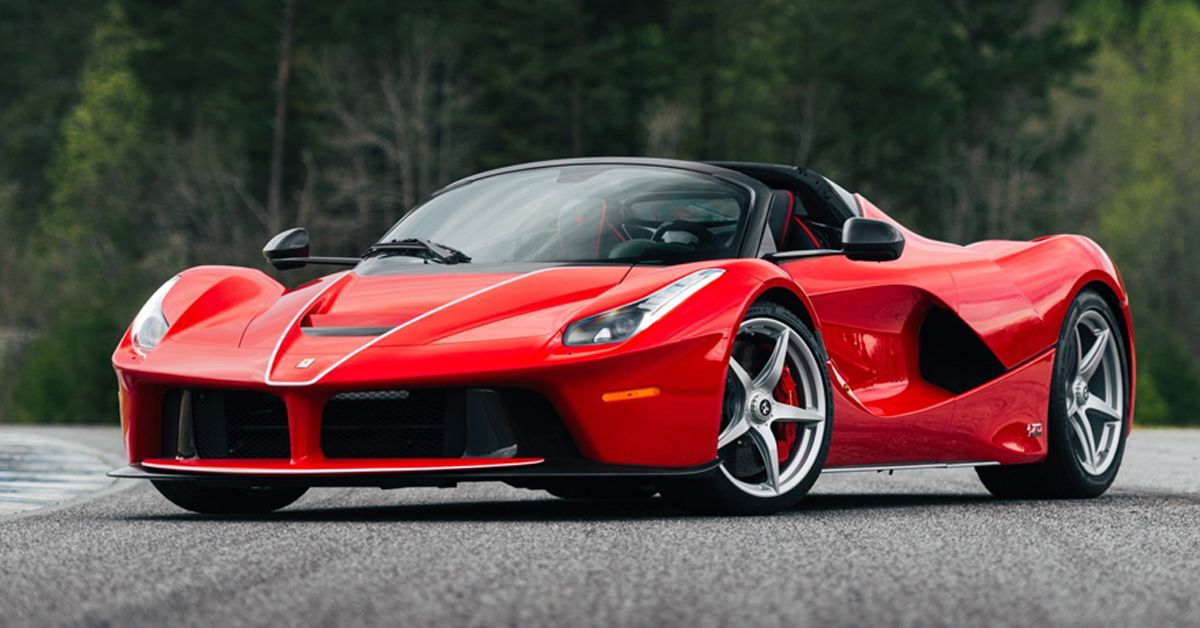
The LaFerrari was specifically designed to be the best Ferrari ever made – hence the name. The model featured a naturally aspirated 6.3-liter V12 with some subtle hybrid assistance that resulted in a combined power output of 950 hp.
True to Ferraris of old, the LaFerrari remained rear-drive only and is one of the most exclusive models the Prancing Horse ever made. The prerequisites to purchase the vehicle were ridiculous, and then actually getting one wasn’t guaranteed. Still, it’s a fantastic hypercar.
6/10 McLaren P1
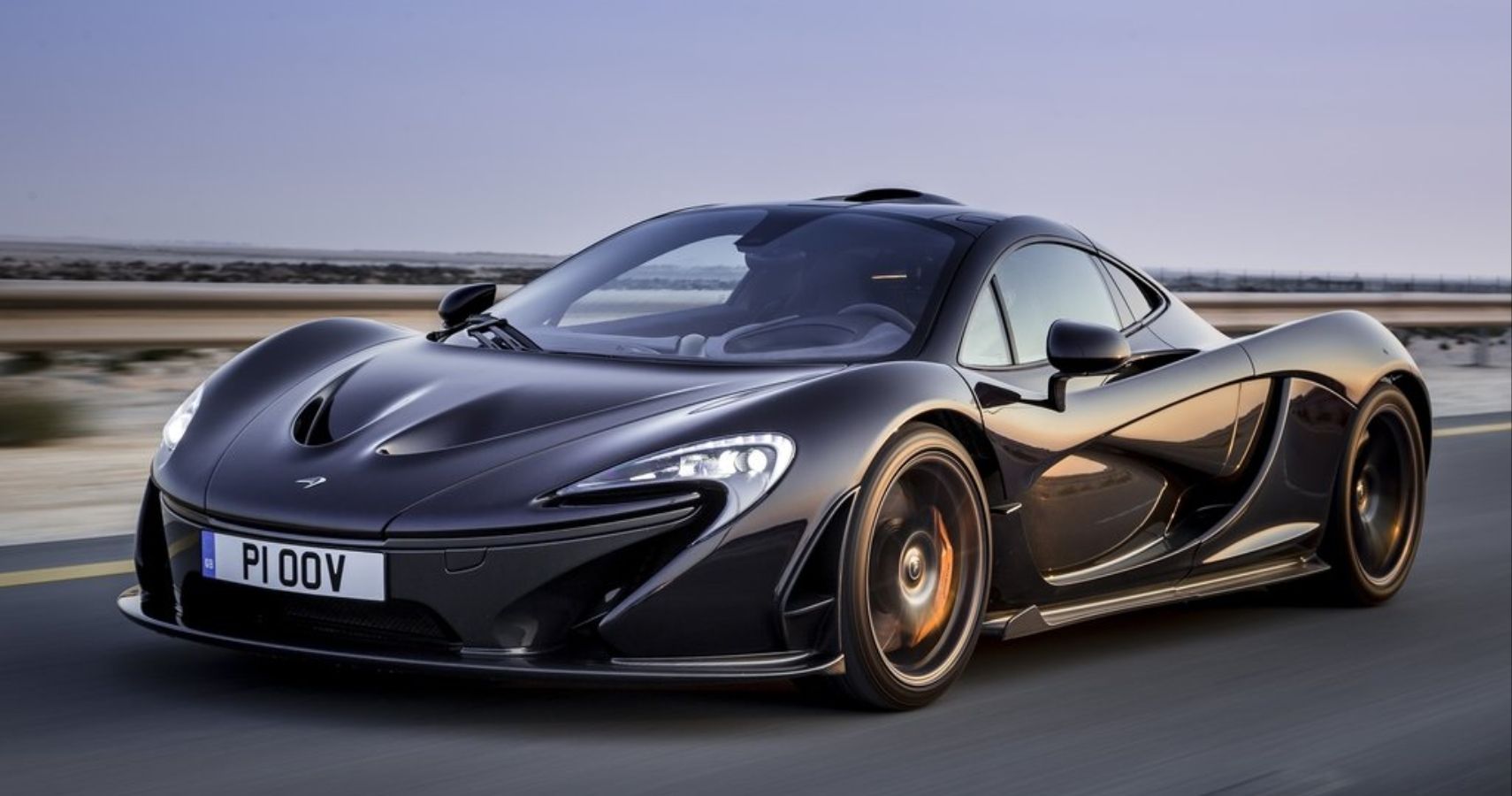
The McLaren P1 is the spiritual successor to the legendary McLaren F1 but wasn’t exactly designed to break any top speed records. Instead, it slaughtered lap times and scared the pants off of anyone who drove it anywhere near the limit.
The P1 featured the 3.8-liter twin-turbo V8 from other McLarens of the time, but with the power boosted to 727 hp. The car also got an electric motor and hybrid assistance, pushing total system output to 903 hp when in track mode. Not bad for the Brits.
5/10 Porsche 918 Spyder
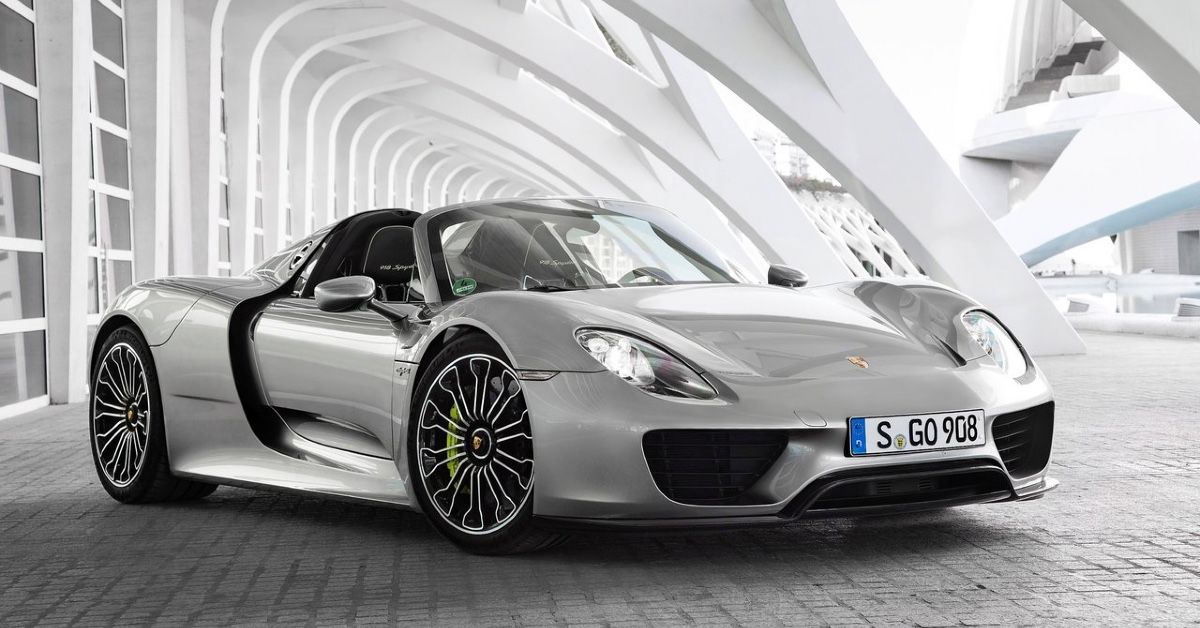
The Porsche 918 Spyder was the last car of the 2013 Trinity of Hypercars to be released, but it was just as fast and just as spectacular as the McLaren P1 and LaFerrari. The 918 featured a special 4.6-liter V8 and twin electric motors to produce a combined 875 hp.
Unlike the McLaren and Ferrari, the 918 was all-wheel-drive, with a heavy rear bias, easily resulting in drifts and power slides. In various drag races conducted by The Grand Tour, all three cars won the races multiple times, leading to the presenters to believe that reaction times were the only deciding factor.
4/10 Pagani Huayra
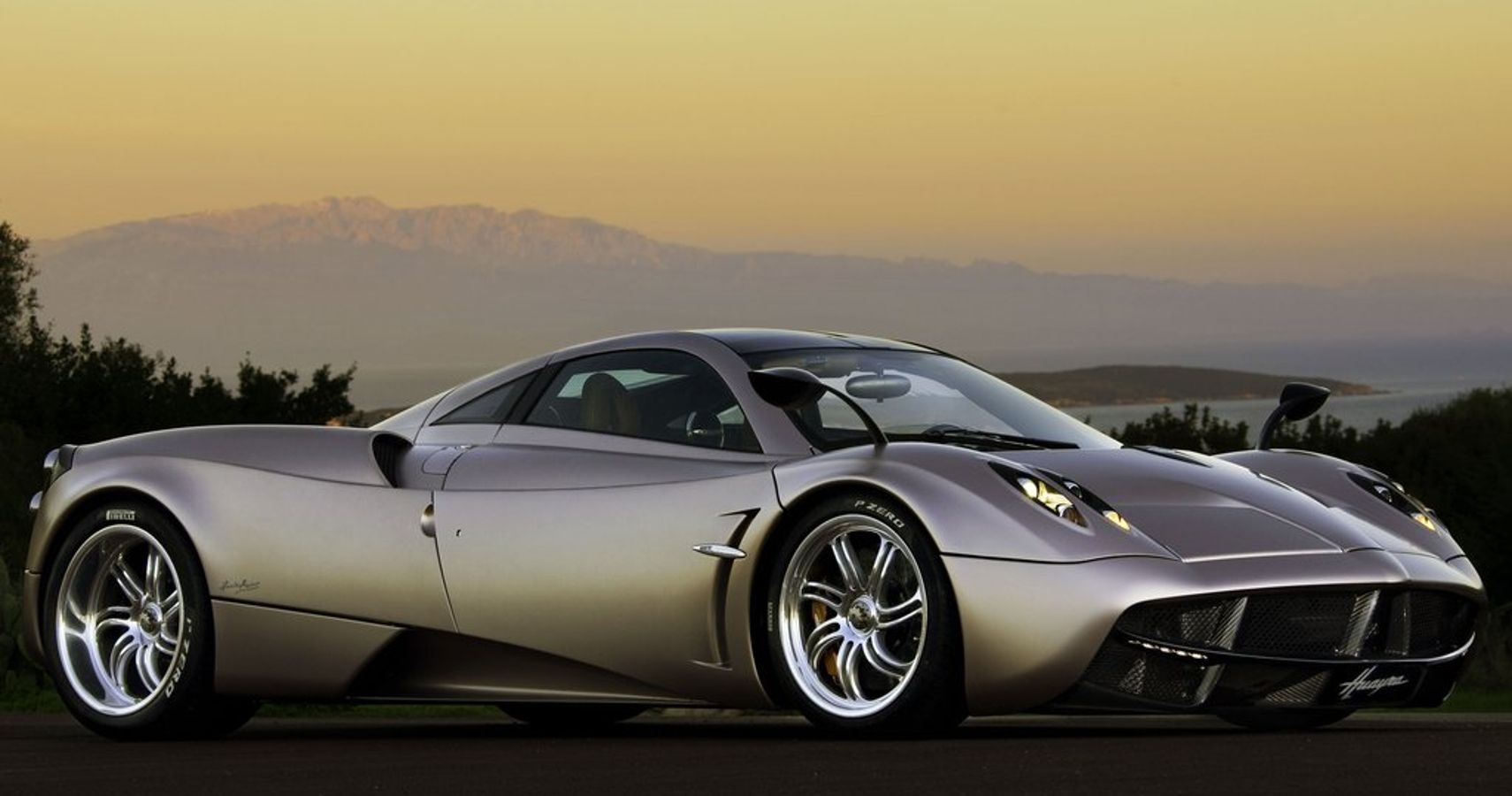
The Pagani Huayra arrived around the same time as the P1, 918, and LaFerrari, but wasn’t included in the hypercar pack. Instead, it was left on its own to allow customers and fans to bask in its absolute beauty – from the stunning exterior panels to the gorgeous leather and milled aluminum interior.
The Huayra is rear-drive only with all the 740-odd hp being sent to the rear wheels only via a 7-speed automated manual. The styling may be Italian, but the beating heart is purely German, showingcasing itself as the 6.0-liter twin-turbo V12 from AMG.
3/10 Ferrari SF90 Stradale
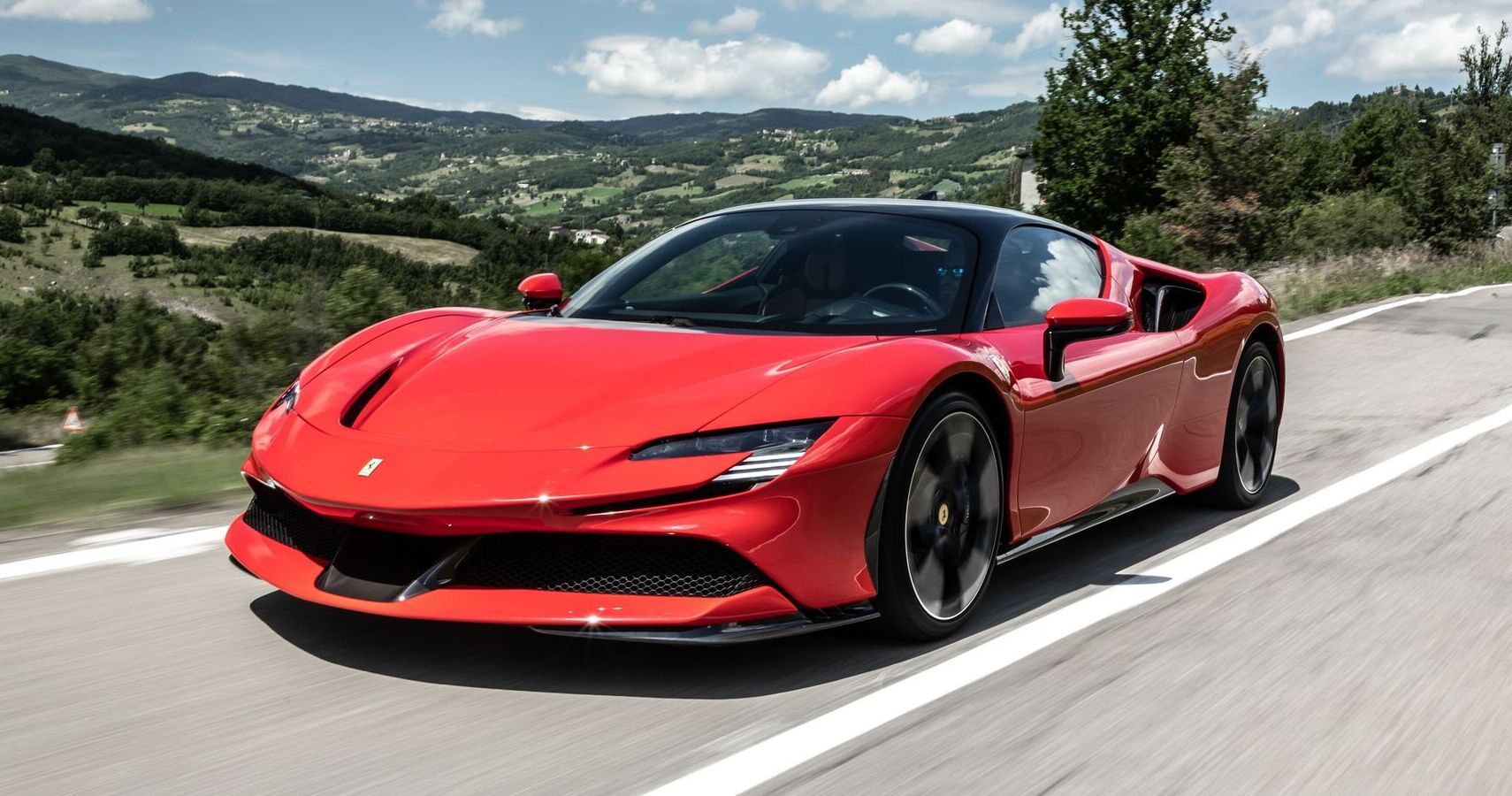
The Ferrari SF90 Stradale is the current flagship of Maranello’s supercars and is intended to be the replacement for the LaFerrari. Unlike the LaFerrari, the SF90 Stradale does not need a list of prerequisites to purchase, as anyone can wander into a dealership and buy one – for half a million dollars.
The SF90 Stradale features the 3.9-liter twin-turbo V8 from the 488 Pista, mated to a couple of electric motors to produce a combined 1,000 hp. It is a ferocious beast of a car, completely unintimidating as the exterior is sleek and beautiful.
2/10 Koenigsegg Regera
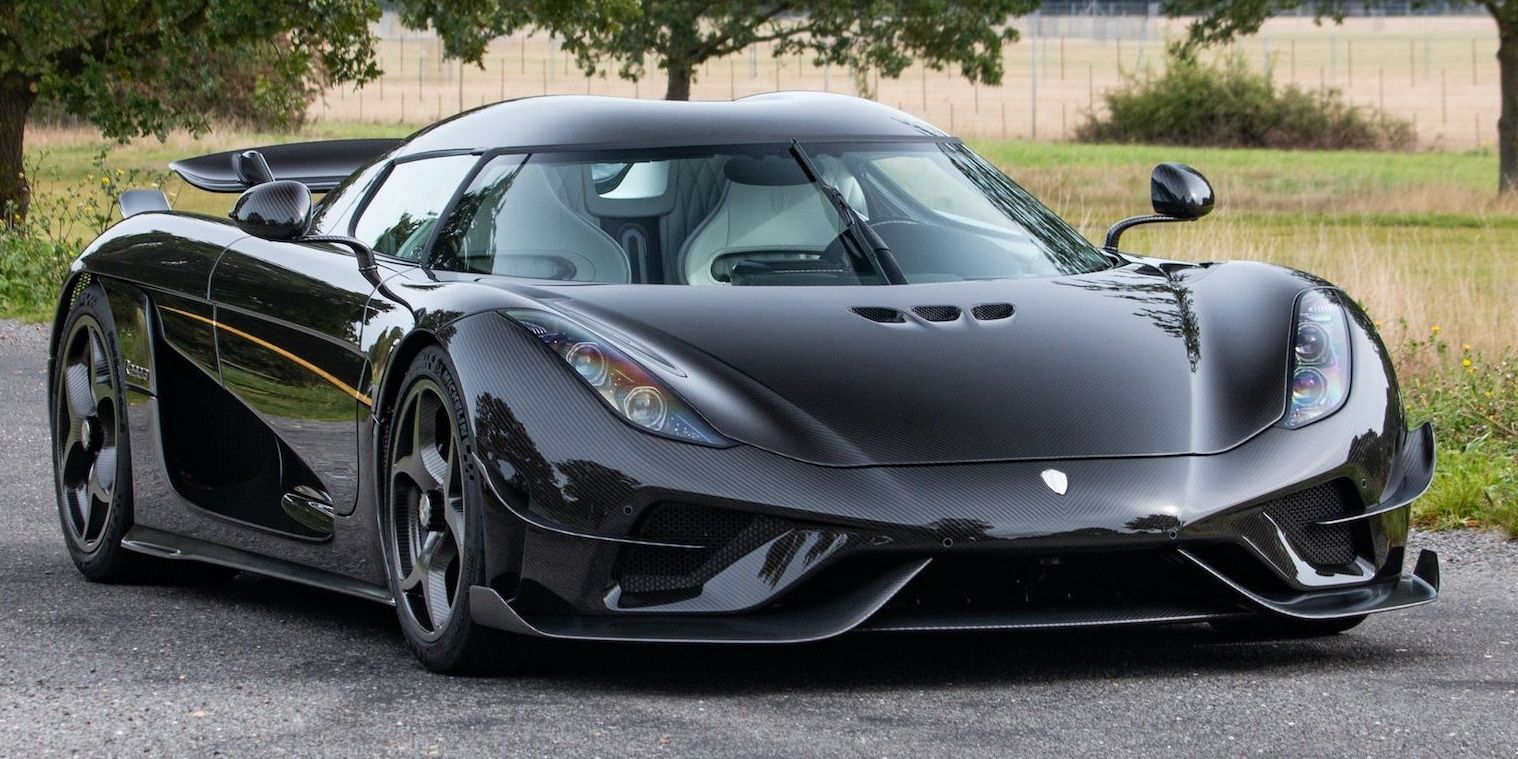
The Koenigsegg Regera is a hypercar like no other. Instead of a traditional gearbox or even a futuristic multi-clutch system, it uses only one gear mated to a 1,500 hp 5.0-liter twin-turbocharged hybrid V8. All the power goes to the rear wheels only.
The Regera is a test bed for Koenigsegg’s new technologies including their hybrid systems and new engine management projects. The Regera is intended as more of a luxury hypercar than a lap time chaser – like the Jesko – and can be used as a daily driver.
1/10 Lamborghini Countach LPI 800-4
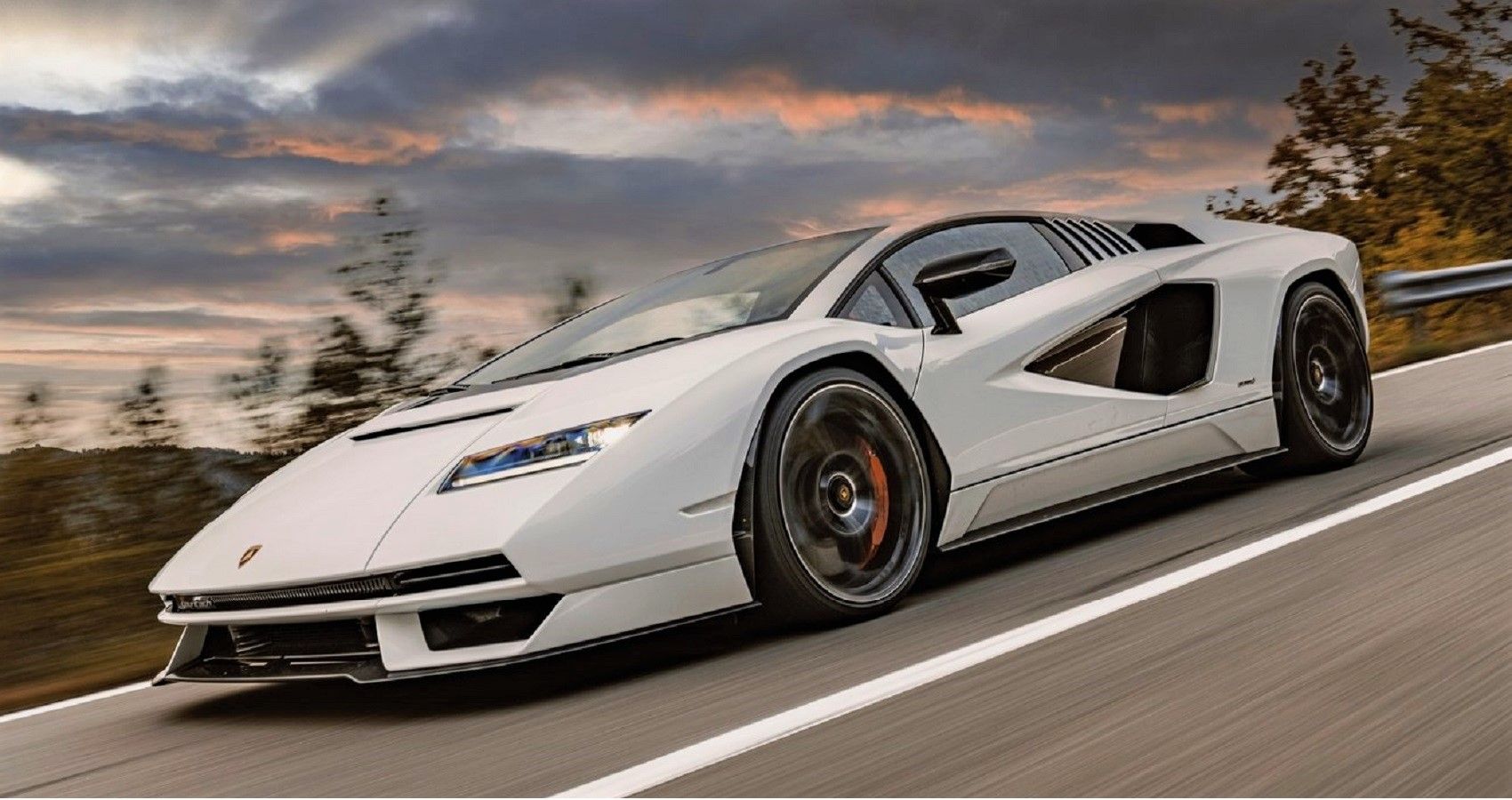
The Lamborghini Countach LPI 800-4 is the modern revival of the nameplate as a special edition model for a select few lucky customers. The Countach LPI 800-4 is based on the Sián FKP 37, which itself is an Aventador with funky styling and an electric motor.
The Countach LPI 800-4 is heavily inspired by the original Countach of the 1970s and 1980s. The car looks fantastic but has also been criticized as Lamborghini could have gone closer to the original in many ways, including the iconic V-shaped wing. Nevertheless, it is a gorgeous piece of design.

